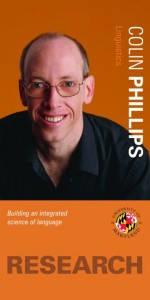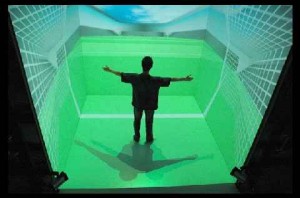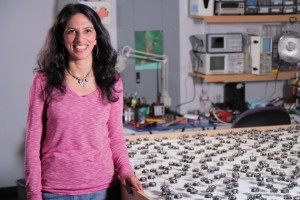Here are some reflections on the latest academic dishonesty scandal, as reported in the New York Times, 29 May 2015:
“The graduate student at the center of a scandal over a newly retracted study that has shaken trust in the conduct of social science apologized for lying about aspects of the study, including who paid for it and its methodology, but he said Friday in his first interview since the scandal broke that he stands by its finding that gay canvassers can influence voters’ attitudes on same-sex marriage.” Mr. LaCour objects to one of the main charges against him – that he improperly destroyed his raw data. But he admits that he lied about the agencies that funded his research. “Mr. LaCour said he thought the funding sources he claimed would shore up the plausibility of the work.”
Mr. LaCour very clearly crossed a line by misrepresenting funding sources for his study. But where is that line exactly? In academia, people can get away with lying in a more indirect way by exploiting implicatures in CVs, personnel evaluations, or grant applications. For example, X may list grants when reporting their achievements without specifying their exact role in those grants. This triggers the implicature that X was a Principal Investigator or Co-Principal Investigator for the grants. Or X may submit a list of PhD students, leaving out information about the exact role they played in those students’ training. In the US, this generates the implicature that X was chair or co-chair of the respective PhD committees. What if X shores up their CV in this way, calculating that false implicatures will be derived by supervisors and funding agencies? Is this a case of academic dishonesty? Has the line been crossed?
What can we do to foster more sensitivity and respect for scholarly integrity in academia? Colin S. Diver, the former President of Reed College, makes a plea for abandoning the “higher education’s arms race” (from the Boston Globe, 5 September 2012): “Finally, no institution can convincingly preach ethical behavior to its students unless its own behavior is governed by the highest ethical standards. When higher education gets caught up in a frenzy of exaggerated marketing claims, misreporting of data, sale of admission slots, or varsity-sport abuses, it destroys its moral authority. As Reed’s president, I was proud to lead a college that refused to cooperate with the notorious US News & World Report rankings, which symbolize the distortion of academic virtues in pursuit of higher education’s arms race.”
 The Oxford Handbook of Information Structure (edited by Caroline Féry and Shinichiro Ishihara) will come out in the US on September 28. It has been available in the UK and online since last Spring. This book is an editorial masterpiece that brings clarity into an area that can be very confusing at times. The editors performed a miracle in getting the authors of individual articles to converge on a unified theoretical perspective while still documenting all major current approaches to information structure.
The Oxford Handbook of Information Structure (edited by Caroline Féry and Shinichiro Ishihara) will come out in the US on September 28. It has been available in the UK and online since last Spring. This book is an editorial masterpiece that brings clarity into an area that can be very confusing at times. The editors performed a miracle in getting the authors of individual articles to converge on a unified theoretical perspective while still documenting all major current approaches to information structure.



